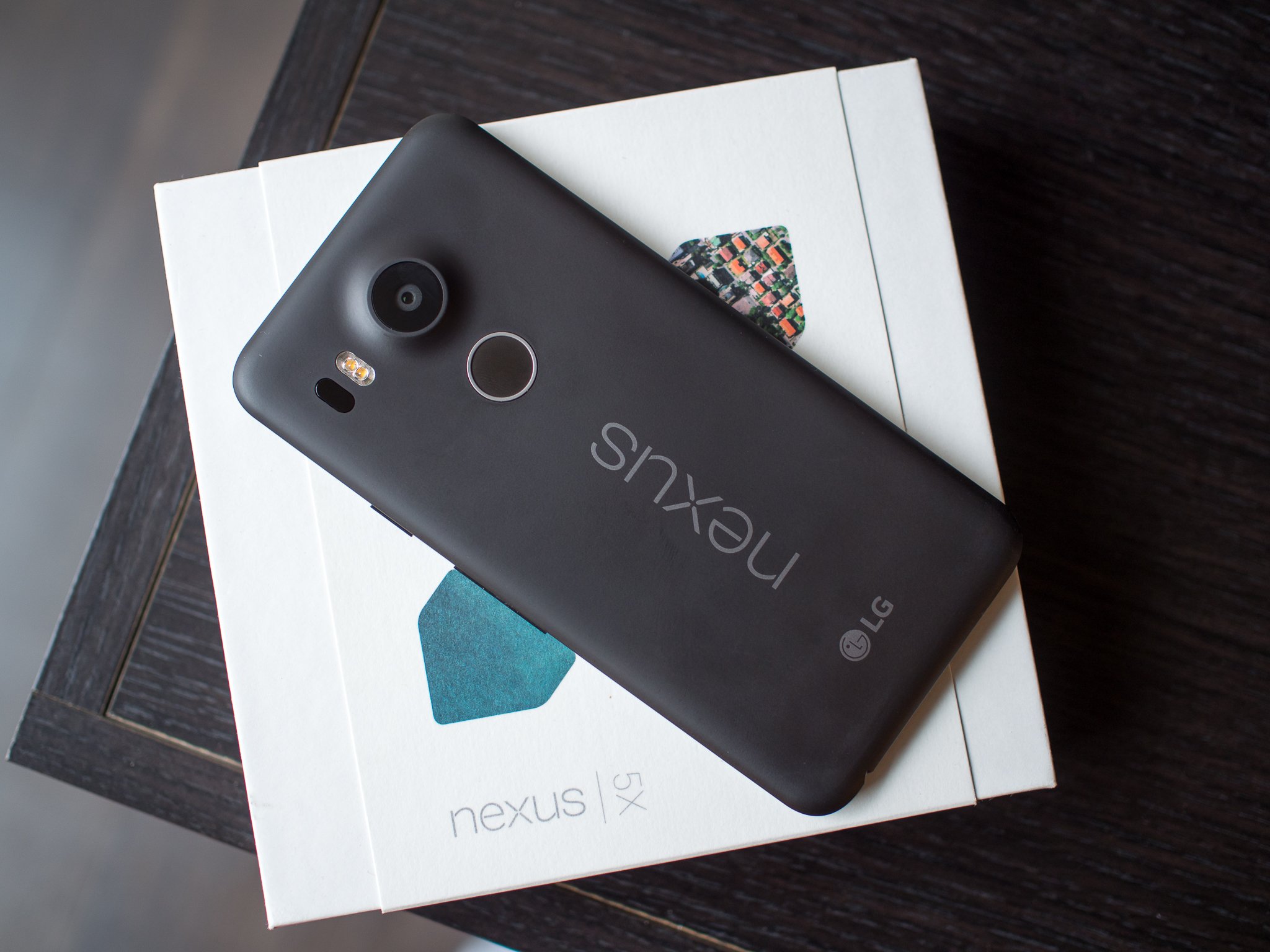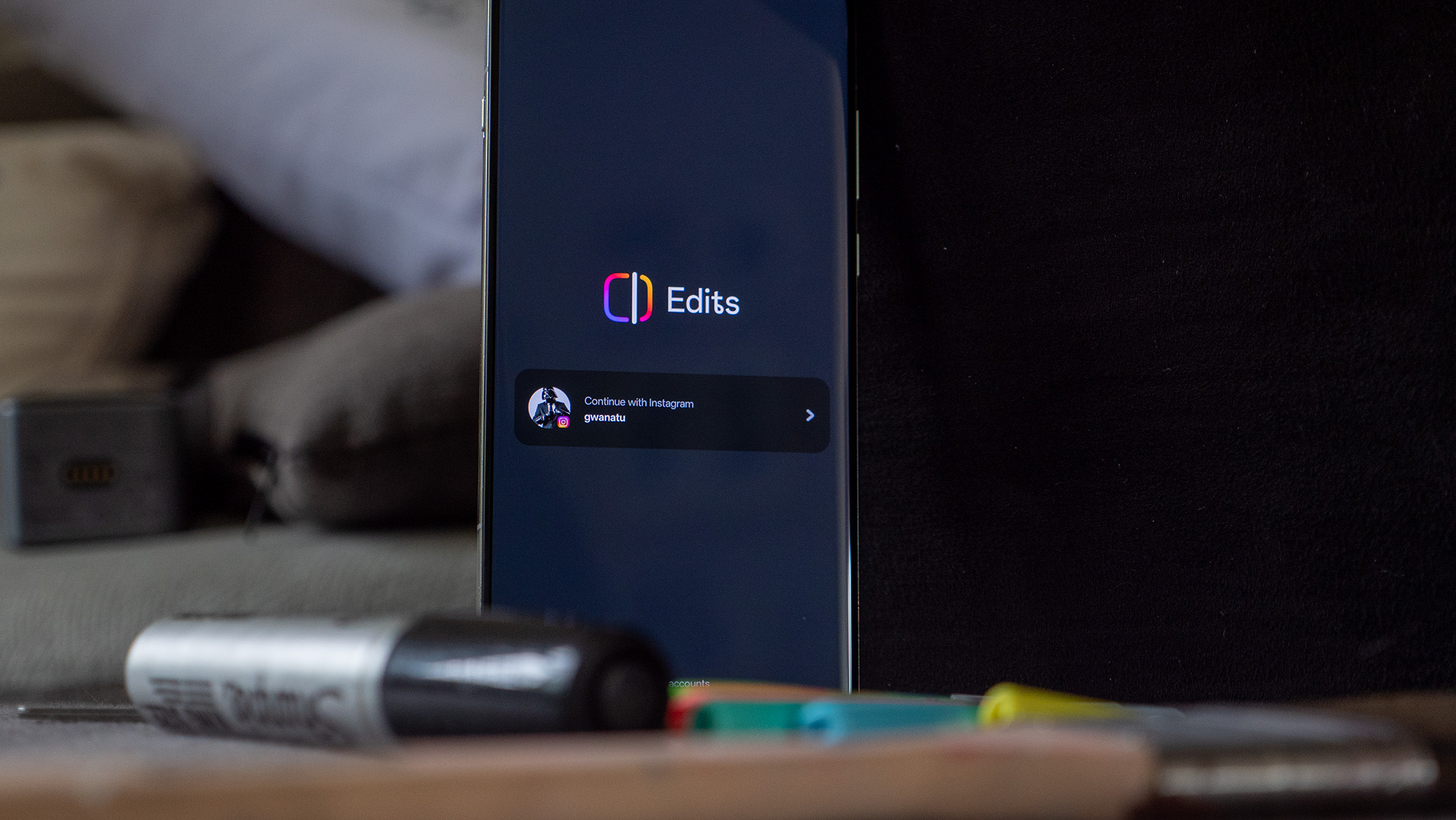Android One in the U.S. could signal the rebirth of 'Nexus'

Android One is supposedly coming to the U.S. this summer, according to a report from The Information. On the face of it, that doesn't seem all too exciting. Android One — the range of low-cost phones from less-known brands, aimed at emerging markets — hasn't been a huge success. So who cares about a handful of low-specced, plasticky, entirely forgettable telephones arriving on U.S. shores, even if they do run stock Android and come with fast updates and do other nerdy things.
The U.S. market, though, is nothing like the countries Google has targeted with Android One thus far. India, for instance, is much more price-conscious, with dual-SIM and FM Radio seen as a necessity. The U.S. is less focused on super, super-cheap handsets, and to move phones in any meaningful number, you need to play within the carrier system and back it up with marketing money. (You'd also imagine Project Fi would range the phones, since Google will eventually need something less expensive to replace the Nexus 5X/6P in that lineup.)
The U.S. market, though, is nothing like the countries Google has targeted with Android One thus far.
According to The Information's report, Google is indeed planning to spend serious dough selling Android One when it arrives in the U.S. Like existing Android One devices, the U.S.-bound models will almost certainly be co-branded (LG is a rumored partner), even if Google has final say on internal hardware and control over the software.
So what do we have so far, then...
- A co-branded phone from Google and a manufacturer partner.
- Stock Android, with updates straight from Google.
- Prices likely to be "affordable" for the U.S. market — so perhaps between $250-400 outright.
- Probably some kind of limited carrier tie-in, complementing direct sales via the Google Store and Project Fi.
Well toast my marshmallows if that doesn't sound an awful lot like a Nexus.
That's not to say Google will resurrect the moribund (but fondly remembered) brand name. Android chief Hiroshi Lockheimer himself said there were no plans for any new Nexus devices, in interviews given around the time of the Pixel announcement. Let's assume that's still the case — these new phones could still turn out to be Nexuses in all but name.
With LG rumored to be involved, a mid-range Android One phone could emerge as a modern successor to the Nexus 5X.
They wouldn't necessarily be Nexus 6P-level "Nexuses" — or even anything high-end enough to tread on the toes of the Pixel range. Instead, imagine a series led by modern re-interpretation of the Nexus 5 or 5X, perhaps powered by one of the promising mid-level Qualcomm chips like the 625, or the rumored 660. That could be complemented by Moto G/Honor 6X-level competitors at a lower price point.
Be an expert in 5 minutes
Get the latest news from Android Central, your trusted companion in the world of Android
This kind of approach would have a few important benefits for Google. Just as it used the Nexus series to guide the Android ecosystem, it could use Android One to influence the (currently rather sorry) state of mid-to-entry-level Android phones, as sold through carrier stores. If it's willing to spend the effort and money required to get Android One phones on store shelves alongside — let's just pick one at random here — the LG X Power, it could nudge everyone in this "affordable" segment towards doing a better job on software.
That's how Google will cater Android One to the U.S. market, not by selling dirt-cheap Android phones directly to consumers. (As an aside, you also don't spend serious marketing money, as Google will reportedly do, on phones like the current crop of low, low end Android One devices. Android One phones for the U.S. will have to be different.)

Huawei would be a natural Android One partner for the U.S.
I also want to mention Huawei here, because I'm almost certain the Chinese manufacturer will be an important player in Android One in the United States. In fact, I'll just go and call it: I predict Huawei will release an Android One phone in the U.S. before the end of 2017.
Huawei, if you remember, was originally in talks to build the Pixels, before it found out there'd be no co-branding opportunity. That opportunity would surely exist for an Android One handset, and Huawei is still desperate for an inroad into the U.S. market. (Sure, it's released the Mate 9 SIM-free and unlocked, but it lacks the carrier partners necessary to shift the phone in large numbers.) Through Google and Android One, Huawei could get Huawei phones on carrier store shelves — which could be the key to the brand establishing an American foothold.
And look no further than the Honor 6X and Nova for examples of Huawei making compelling hardware at less expensive price points.
Whatever brand name the resulting phones bear, the core experience will have a lot in common with Nexus. At one time, that series of phones was all about affordability and a clean, fast software experience. By bringing Android One to the U.S., Google and LG (or Huawei) will be able to push for mass market sales via carrier stores, while also providing a less expensive upgrade path for folks using a Nexus 5 or 5X.
Will any of that actually happen? Stay tuned in the months ahead!

Alex was with Android Central for over a decade, producing written and video content for the site, and served as global Executive Editor from 2016 to 2022.
